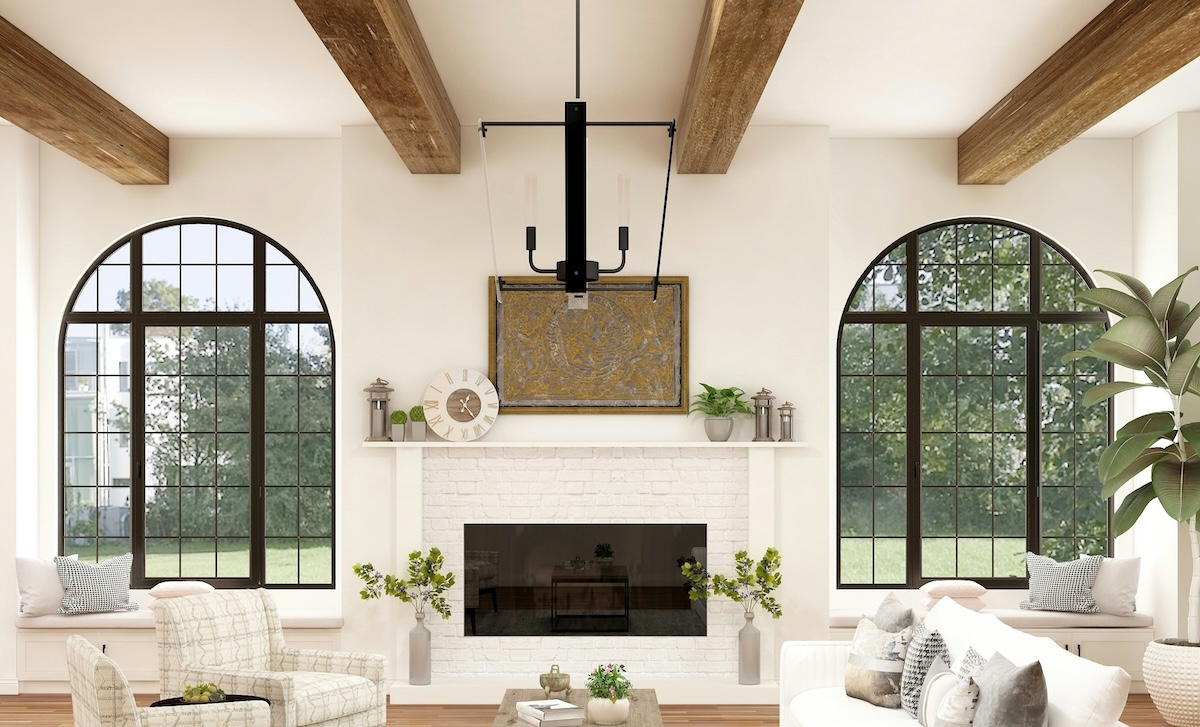Architectural elements and features are crucial components in the design and functionality of buildings.
They serve both practical and aesthetic purposes, contributing to the overall character, usability, and sustainability of structures. Here are several reasons why architectural elements and features are important:
Functionality
Architectural elements such as walls, floors, doors, and windows are essential for creating functional spaces within a building. They define rooms, provide privacy, regulate airflow and natural light, and facilitate movement throughout the structure.
Aesthetics
Architectural features add visual interest and beauty to buildings. Ornamental details, decorative moldings, and unique facades contribute to the overall character and style of a structure, enhancing its appeal and creating a sense of identity.
Historical and Cultural Significance
Many architectural elements and features carry historical and cultural significance, reflecting the traditions, values, and craftsmanship of different periods and societies. Preserving these elements can help maintain a connection to the past and promote cultural heritage.
Structural Integrity
Certain architectural elements, such as columns, beams, and arches, play a crucial role in supporting the weight of a building and distributing loads effectively. These structural features ensure stability and safety, preventing collapse or structural failure.
Environmental Considerations
Architectural elements can also contribute to the sustainability and energy efficiency of buildings. Features like green roofs, passive solar design, and natural ventilation systems help reduce energy consumption, mitigate environmental impact, and improve occupant comfort.
Human Experience
Thoughtfully designed architectural elements can enhance the experience of occupants within a building. Elements such as atriums, skylights, and courtyards create inviting and uplifting spaces, fostering a sense of well-being and connection to the environment.
Adaptability and Flexibility
Architectural features should be designed with adaptability and flexibility in mind to accommodate changing needs and usage patterns over time. Modular elements, movable partitions, and flexible layouts allow for easy reconfiguration and repurposing of spaces as requirements evolve.
Symbolism and Identity
Certain architectural elements and features may carry symbolic meanings or serve as expressions of identity for individuals, communities, or organizations. Architectural symbolism can convey values, aspirations, and cultural narratives, shaping collective perceptions and experiences.
Architectural elements and features play a multifaceted role in shaping the built environment, influencing both the physical functionality and emotional experience of buildings.
By considering the importance of these elements in design and construction, architects can create spaces that are not only functional and sustainable but also meaningful and enriching for occupants and society.
Ready to incorporate architectural elements into your home?
Let’s get started.






